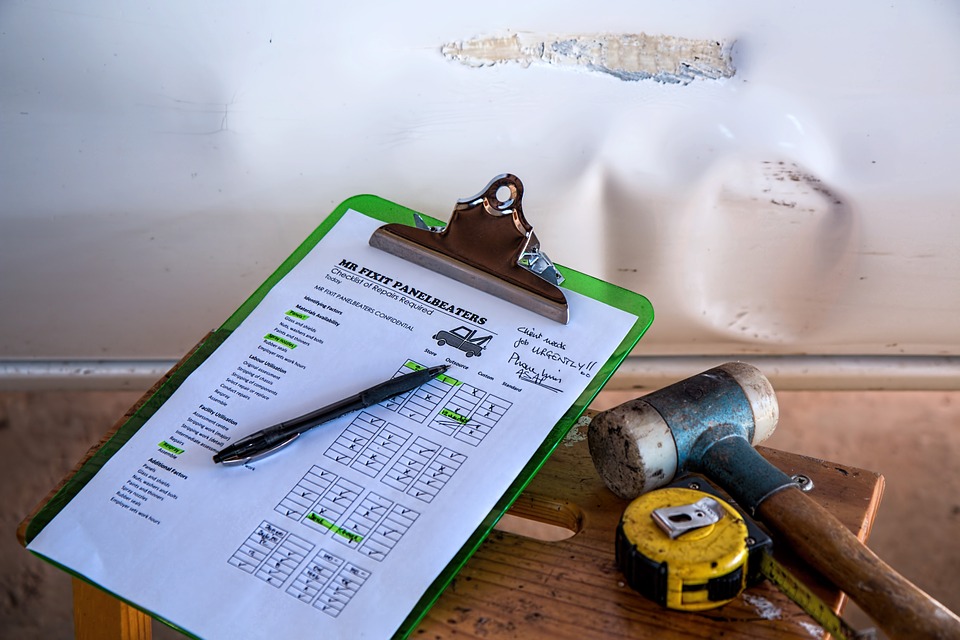Ways to Save Money on Car Repairs
3rd Aug 2016

As any seasoned driver knows, car repairs can quickly drain your bank account. According to the CarMD® Vehicle Health Index, the average cost of automotive repair to fix a check engine light-related problem was $305.56 in the United States. Of course, some problems are much more expensive, such as blown head gaskets and transmission rebuilds, both of which typically cost $1,000 plus. So what steps can you take to save on car repairs?
Perform Regularly Scheduled Maintenance
Try to get into the habit of performing all regularly scheduled maintenance as recommended by your car's manufacturer. Far too many drivers neglect basic maintenance like transmission fluid changes, spark plug replacements, timing belt changes and coolant flushes. In doing so, they increase wear and tear on their car; thus, leading to bigger problems later down the road.
Choose a Reputable Mechanic
When choosing a mechanic or auto shop to perform a repair, look online for reviews from past customers. Were customers happy with the mechanic's work? How did customers feel about the price? Thanks to review sites like Yelp, Angie's List and the BBB, it's easier than ever to find a reputable mechanic. And choosing a trustworthy, reputable mechanic will ultimately save you money in the long run.
See the Problem Before Getting it Fixed
It's always a good idea to see the problem in person before agreeing to let a mechanic fix it. If your mechanic tells you have a blown radiator, ask to see the damaged/blown section of the radiator. Otherwise, you could end up paying for a new radiator when the real problem is nothing more than a cracked or faulty coolant hose.
Buy Parts Online
When performing repairs, a typical mechanic or auto shop typically charges for two different things: labor and parts. You can save money on parts by ordering them online. If you know what's wrong with your car and what needs to be replaced, go ahead and order it online.
Do Repairs Yourself
Of course, you can always save money on repairs by doing the repairs yourself. Unless you're experienced with DIY automotive maintenance and repairs, you may feel hesitant to work on your car. But there are small repairs that ever first-timers can perform with relative ease. Some of these tasks include replacing headlights, replacing spark plugs, flushing coolant, installing new batteries, etc. Look in your owner's manual for more information, or you can search for a how-to video on YouTube.
